Vrijwilligerswerk Elephant Park 2013
Click here to scroll down to English text
“Love can change, love can tame and love can heal”
– Lek Chailert
De Aziatische olifant
Uit een onderzoek uit Proceedings of the National Academy of Sciences is aangetoond dat er drie soorten olifanten leven op aarde namelijk; de savanneolifant, de bosolifant (twee soorten Afrikaanse olifanten) en de Aziatische Elephas Maximus. In mijn stuk wil ik inzoomen op de Aziatische soort Elephas Maximus. Er zijn vijf ondersoorten te onderscheiden namelijk: (1) de Ceylon-olifant of Sri Lankaanse olifant (Elephas Maximus Maximus), de Indische olifant (Elephas Maximus Indicus), de Sumatraanse olifant (Elephas Maximus Sumatranus), de Borneodwergolifant (Elephas Maximus Borneensis) en de Elephas Maximus Asurus (uitgestorven). De Aziatische olifant, bij velen nog steeds bekend als de Indische olifant, is officieel een bedreigde diersoort. Sinds 1986 is de Aziatische olifant opgenomen als bedreigde soort op de IUCN Rode Lijst als een wilde populatie die sinds de jaren 1930 is gedaald met tenminste 50%, dat wil zeggen drie olifant generaties. De Aziatische olifant heeft te maken met verschillende soorten bedreigingen. De vernietiging van hun habitat voor landbouw, mijnbouw of houtkap wordt momenteel gerangschikt als één van de belangrijkste oorzaak van het uitsterven van de Aziatische olifant. Naast het feit dat deze olifanten het doelwit zijn van ivoorstropers wordt op hun ook gejaagd vanwege hun huid. Met de huid wordt o.a. sieraden en traditionele medicijnen gemaakt voor overwegend de Chinese markt. Een andere bedreiging vormt het olifantentoerisme. Dit is de voornaamste reden waarom ik dit artikel schijf.
Olifantentoerisme:
Wat houdt olifantentoerisme in?
Olifantenritten met toeristen op de rug of olifanten als attractie gebruiken om toeristen te vermaken, vul maar in…
Tijdens mijn reis in Thailand bracht ik een bezoek aan de Elephant Nature Park. Dit park werd door onze reisorganisatie aangeraden omdat het een ethisch verantwoorde olifantenopvangcentrum is waar olifanten die gered zijn uit o.a. de toeristenindustrie, werkveld of andere plaatsen, worden verzorgd. Lek Chailert, oprichter van Save Elephant Foundation, pleit voor de rechten en het welzijn van de Aziatische olifanten in Thailand. Eén van de doelen die Lek nastreeft is om mensen bewust te maken van het lot van de toeristische olifant. Naast verschillende documentaires geproduceerd door National Geographic, Discovery, Animal Planet en de BBC, heeft Lek ook vele ereprijzen gewonnen.
Waarom vormt olifantentoersime een bedreiging?
Olifanten maken veel indruk op mensen, zo ook op mij. Echter wist ik één ding zeker, ik wil nooit op de rug van een olifant gaan zitten. Je hoeft geen onderzoek te doen om te kunnen beseffen dat je deelneemt aan dierenmishandeling als je op de rug van de olifant gaat zitten. Mijn vermoedens werden bevestigd tijdens mijn bezoek aan de Elephant Nature Park. Ik kreeg ter plaatse een documentaire te zien waarin o.a. werd verteld dat de rug van de Aziatische olifant heel kwetsbaar is en het gewicht van mensen eigenlijk niet kunnen dragen. Daarnaast kreeg ik beelden te zien hoe de olifanten werden gemarteld om ze onderdanig te maken aan mensen. Voordat de documentaire begon werd er gezegd dat het een vreselijk verhaal is en als je een dierenliefhebber ben, was het advies om er niet naar te kijken. Met de gedachte “hoe erg kan het zijn” had ik besloten om toch te kijken. Ik kan mij herinneren dat ik de gehele documentaire heb zitten huilen en huiveren van de beelden. Ik kreeg het benauwd en moest overgeven. Ik werd duizelig en voelde me verloren! Een gedeelte van de documentaire heb ik terug kunnen vinden op YouTube. Zie hieronder:
Stop olifantentoerisme
Ik vind de kwestie over olifanten en mishandeling in Thailand een lastig onderwerp. Tijdens mijn bezoek aan de Elephant nature Park mocht ik de olifanten voeren en wassen. In eerste instantie was ik heel trots op mezelf dat ik een olifantenopvangcentrum had bezocht (was niet goedkoop) waar olifanten met heel veel liefde werden opgevangen en verzorgd. Mijn inziens had ik met mijn bezoek een kleine bijdrage geleverd aan het beschermen van deze dieren totdat ik van anderen feedback kreeg dat het voeren en wassen van de olifanten ook dierenmishandeling is, want de olifanten moeten mij op dat moment gehoorzamen. Ik kan mij daarin vinden. Recentelijk heb ik begrepen dat het wassen en voeren van de olifanten niet meer mogelijk is als men nu een bezoek brengt aan het park. Dat is al een stap in de goede richting. Ik zou ook het liefst willen dat de olifanten in vrijheid in het wild leven, echter moet men ergens beginnen om de olifanten te redden. Mijn inziens is de eerste stap gezet door ze eerst van anderen op te kopen, wat een enorme juridische uitdaging is omdat men te maken krijgt met het eigendomsrecht. Daarna kan men verder gaan kijken hoe men deze dieren weer in het wild kan vrijlaten. Sommige olifanten in het park zijn al zo oud en zwaar mishandeld waardoor ze getraumatiseerd zijn en verschillende gezondheidsklachten hebben overgehouden (denk bijvoorbeeld aan blindheid of niet meer kunnen lopen). Ik heb mijn twijfels of deze olifanten met zulke gezondheidsklachten zullen overleven in het wild. Wellicht zit ik ernaast!
Zie hieronder enkele beelden van mijn bezoek aan de Elephant nature Park:



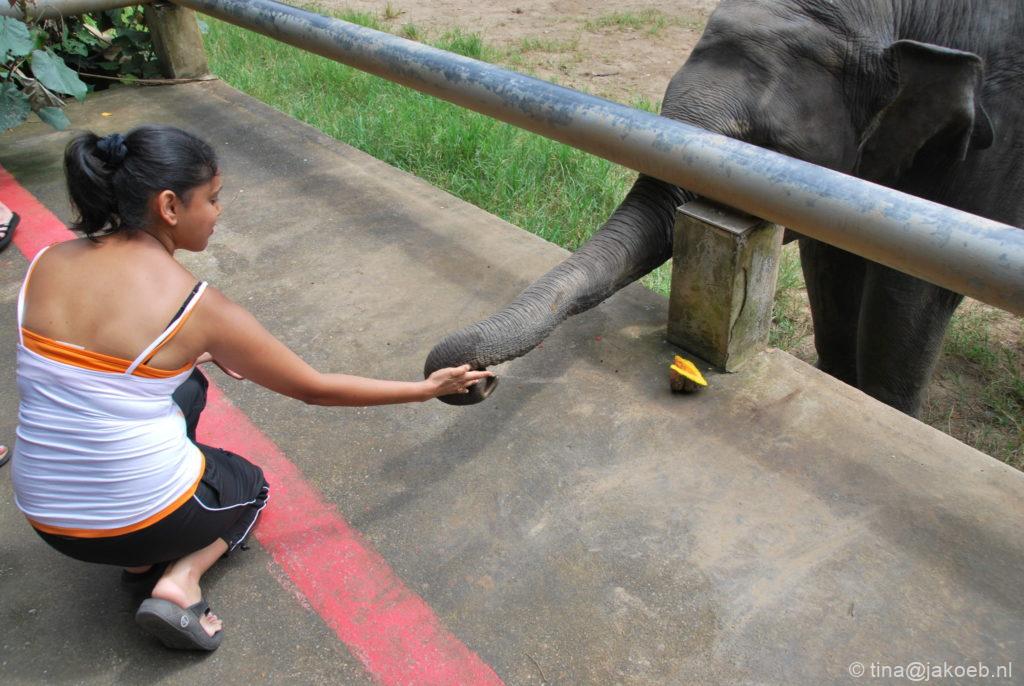

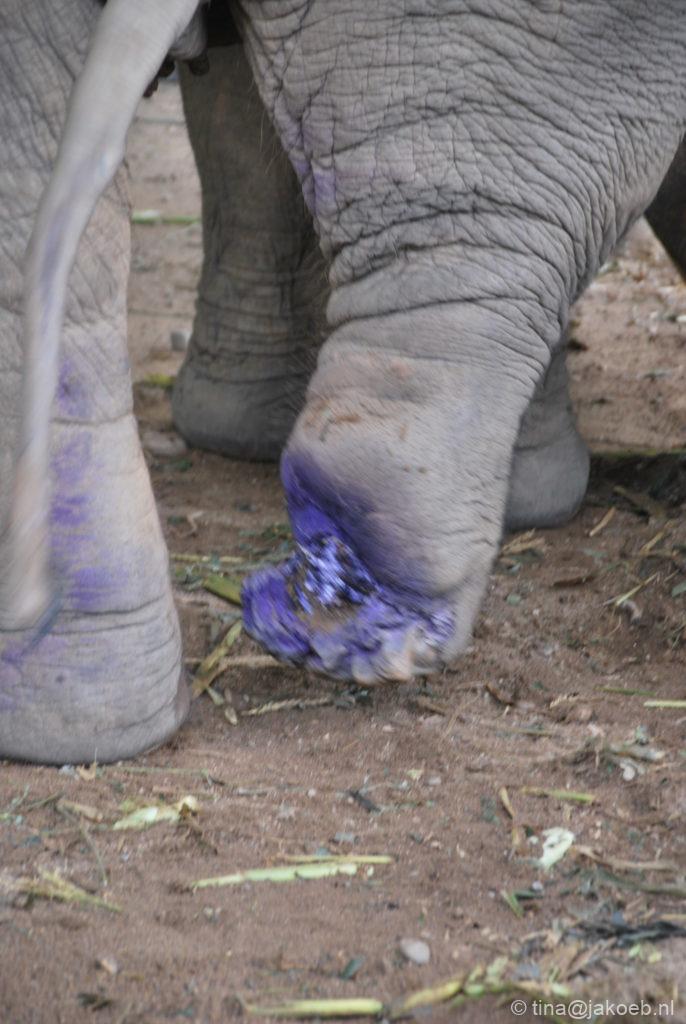

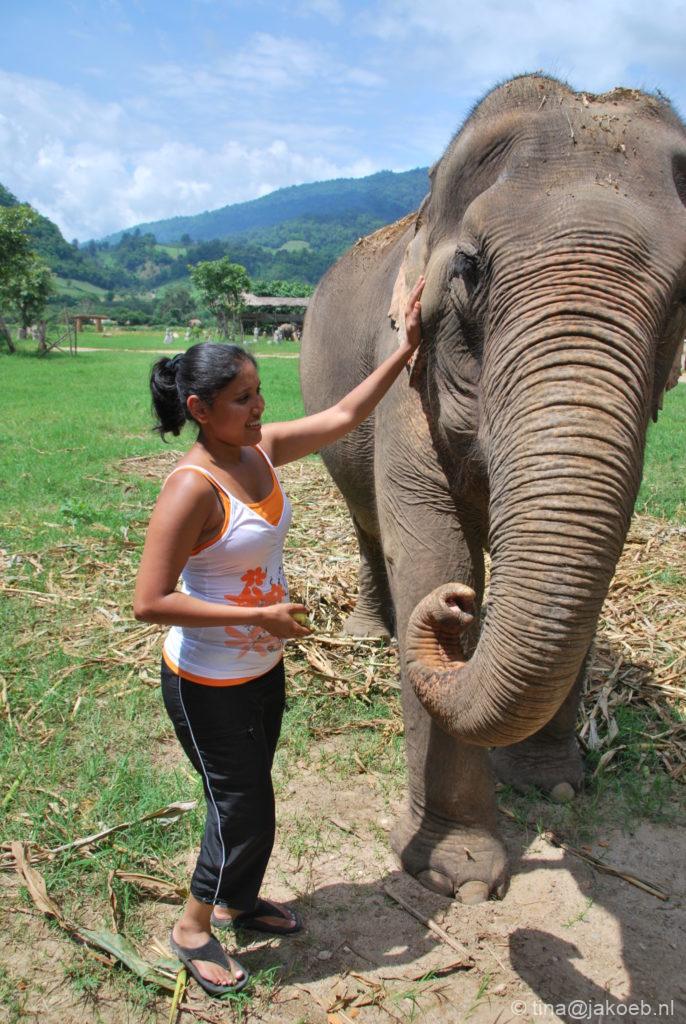
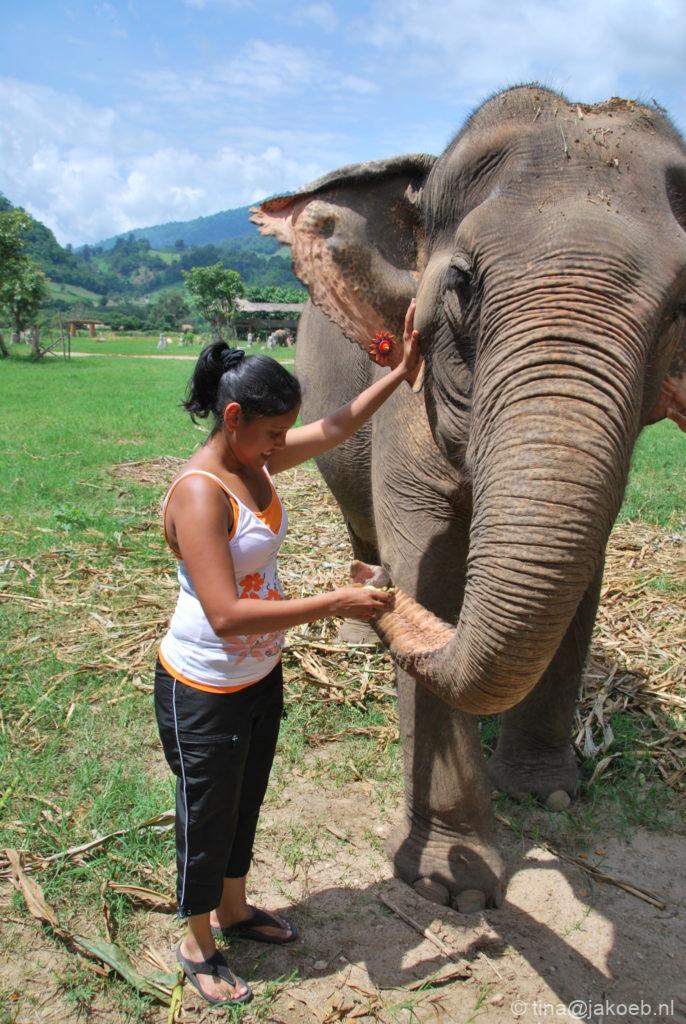



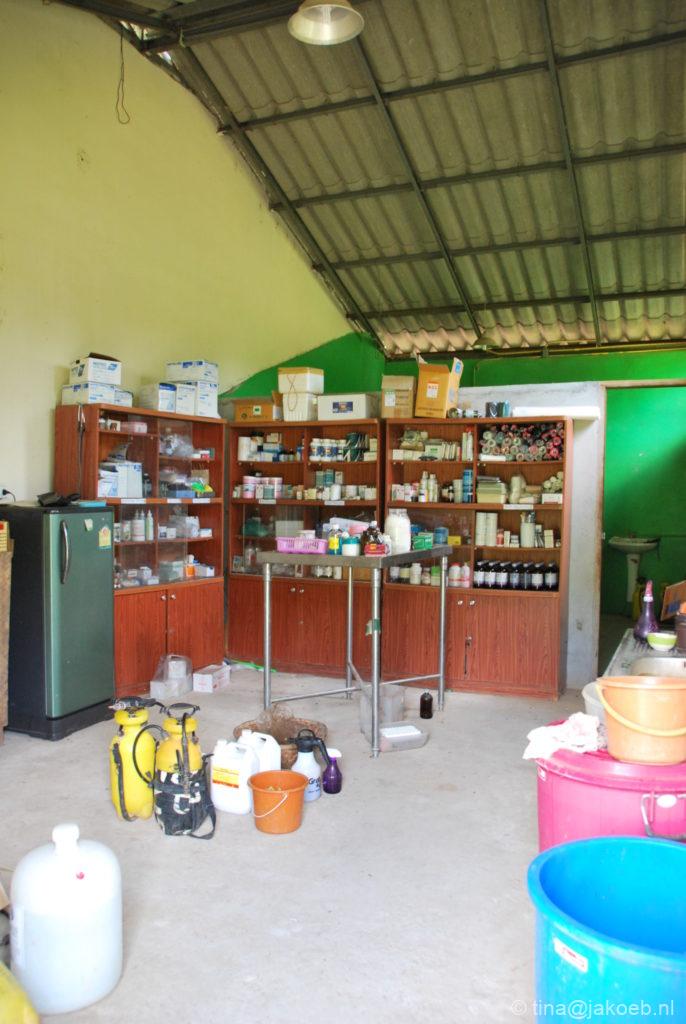



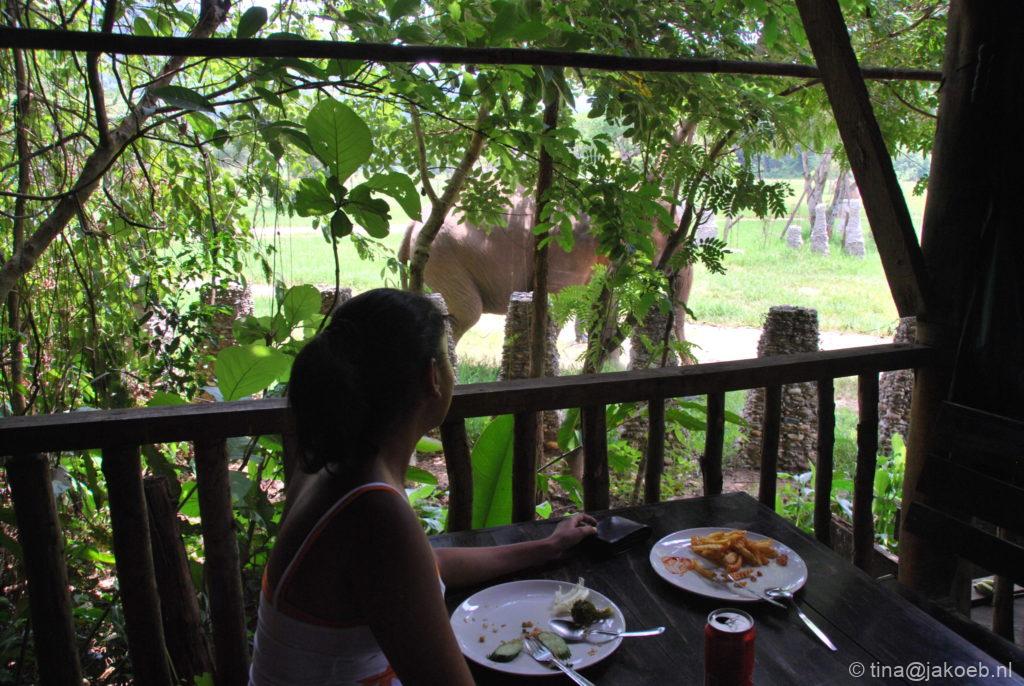
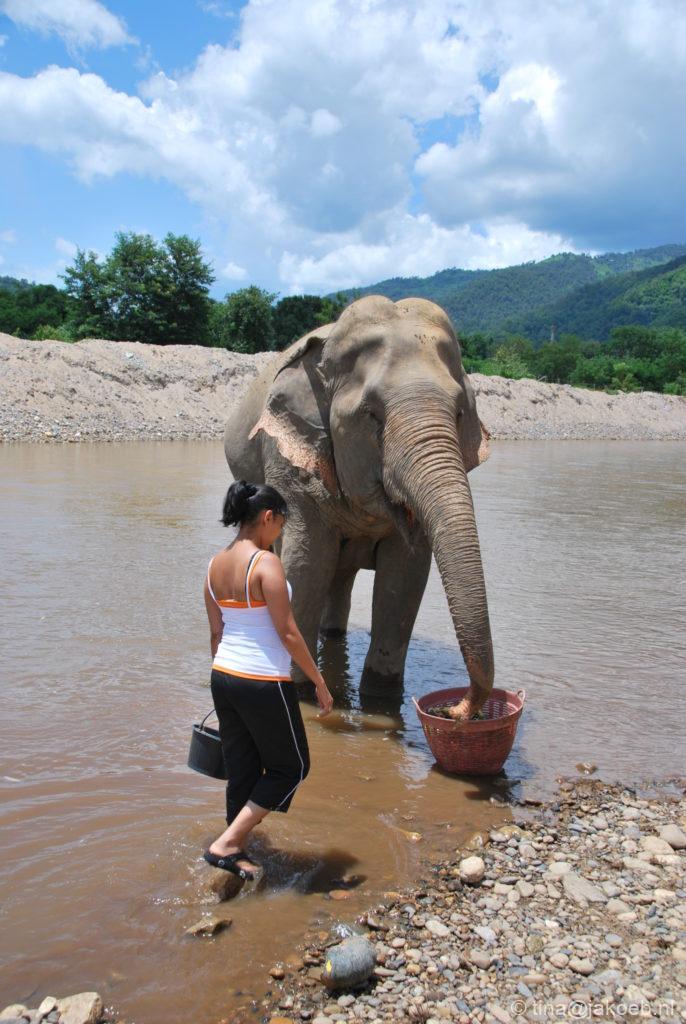
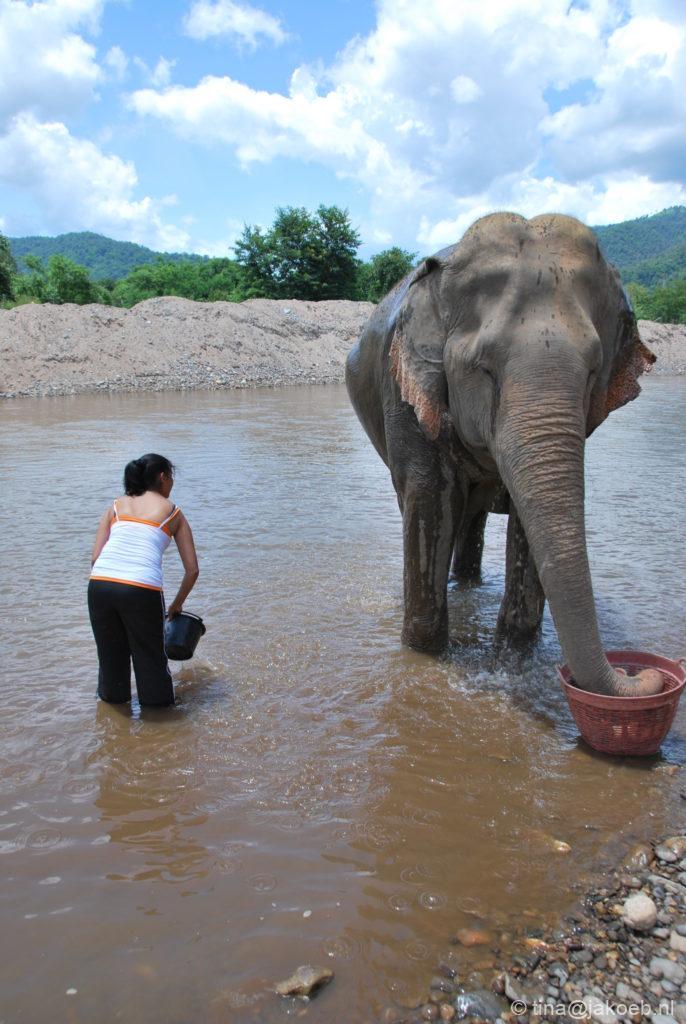



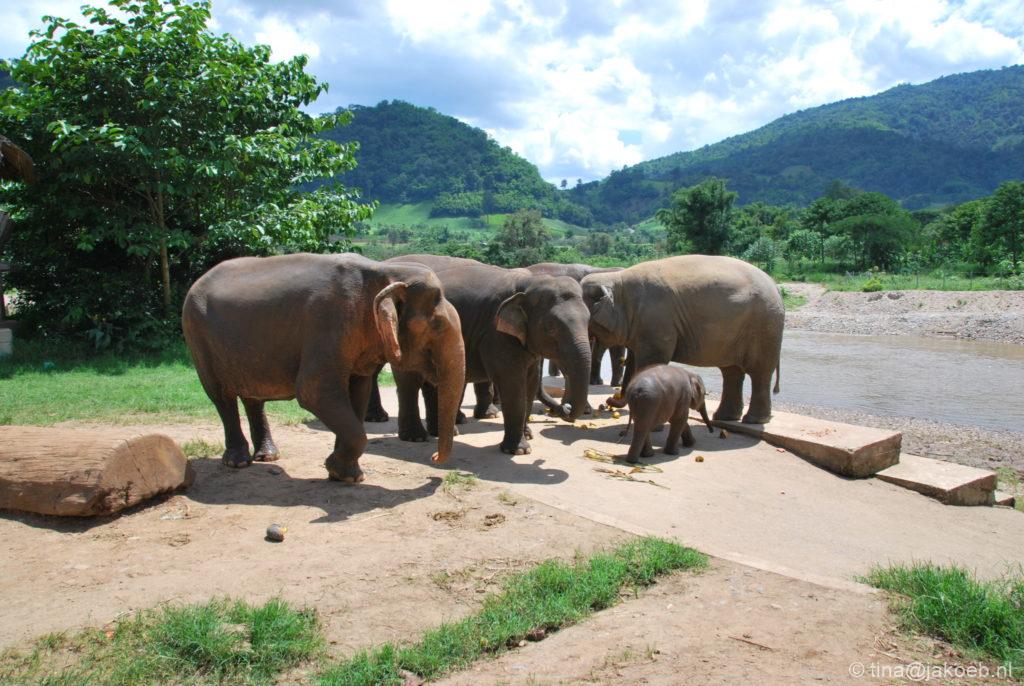

Aan onze toeristen wil ik het volgende meegeven: Stop olifantentoerisme! Alleen u kunt dat stoppen. Zolang u ritjes blijft maken op de rug van de olifant of olifantencentra blijft bezoeken waar de dieren in gevangenschap leven en u moet vermaken, zal de mishandelindeling van deze prachtige dieren voortduren.
Olifantencentra promoten zich vaker als “ethisch verantwoorde” olifantenopvangcentra om op deze manier bezoekers te trekken. Tijdens mijn bezoek aan Pinnawala Elephant Orphanage in Sri Lanka heb ik toch gezien dat de olifanten gevangen worden gehouden om de toeristen zoals mij te vermaken. Toen ik daar aankwam en besefte dat het een foute boel was, heb ik gelijk een klacht ingediend bij de touroperator. Zie hieronder enkele beelden van mijn bezoek aan Pinnawala Elephant Orphanage in Sri Lanka:










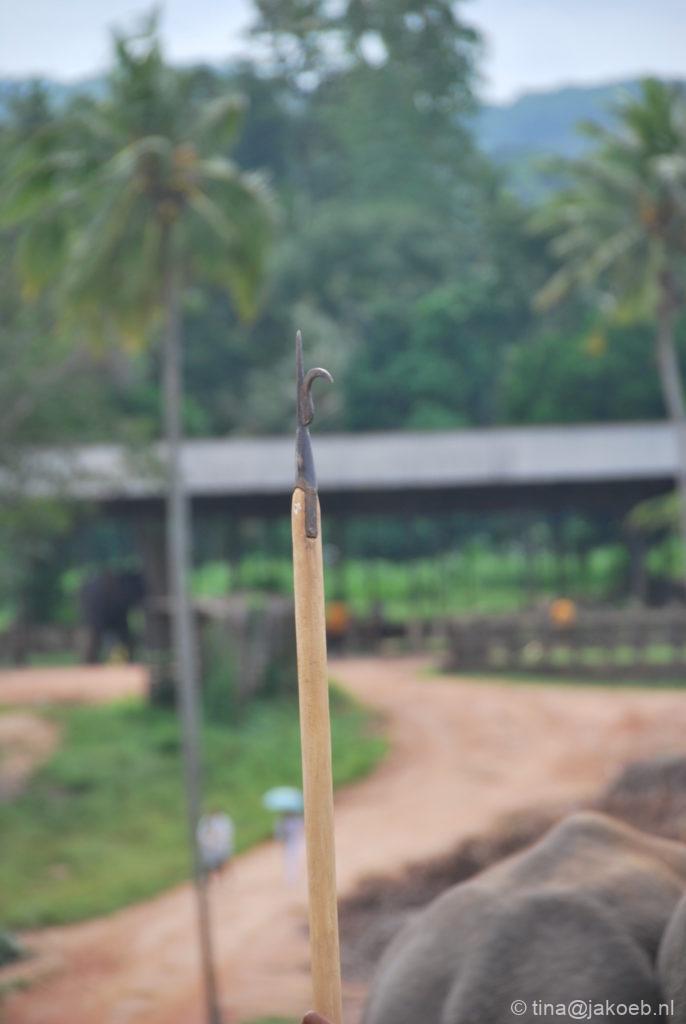
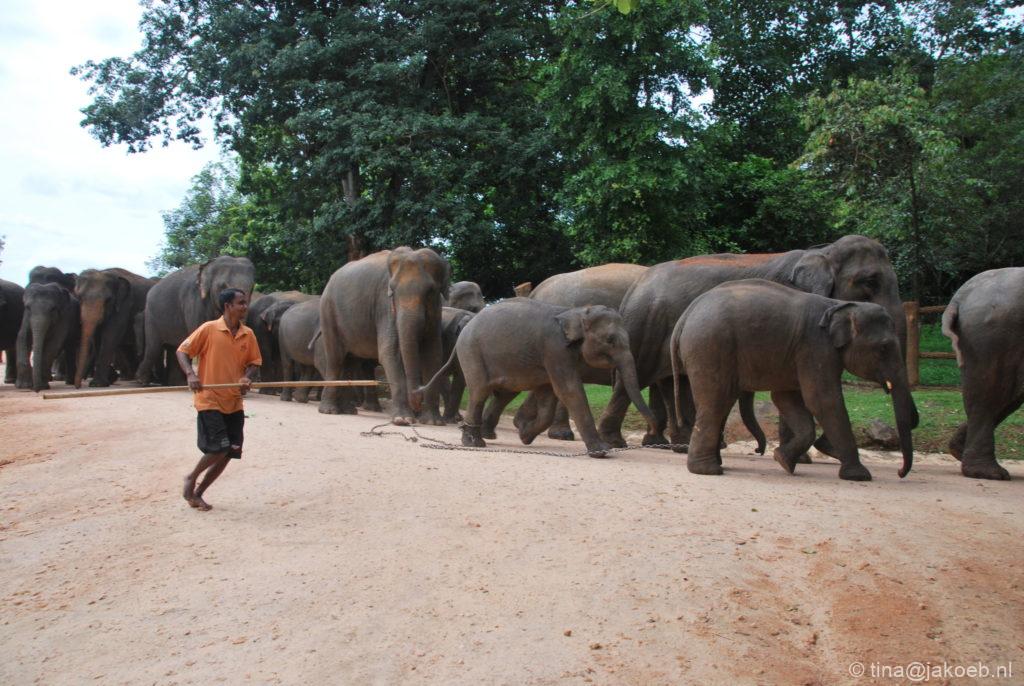
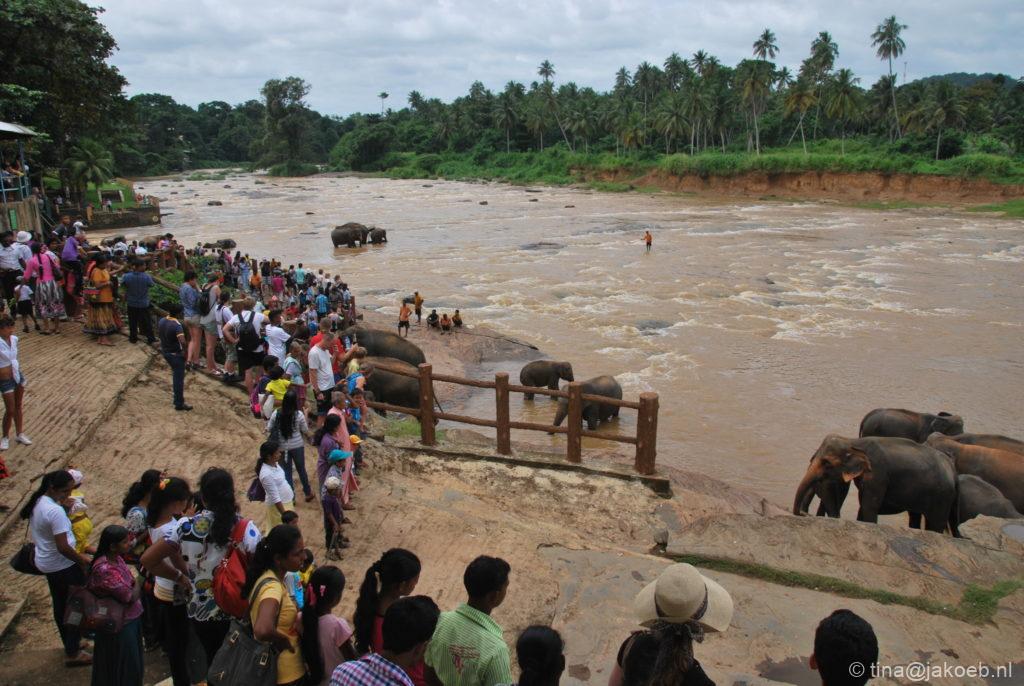




Help de olifanten en wees bewust als u dit soort centra gaat bezoeken. Doe onderzoek voordat u geld gaat uitgeven. Soms is het lastig om juiste informatie in het buitenland te verkrijgen omdat men er alles aan doet om geld te verdienen. Dat is mij ook overkomen in Sri Lanka. Bij gebrek aan informatie niet naar betreffende centra gaan. Houdt u rekening mee dat achter uw avontuurlijke beleving om op de rug van een olifant te zitten, een duistere werkelijkheid van martelingen van de olifanten vooraf gaat. Wees de stem van de olifant en help de olifanten te beschermen.
“Love can change, love can tame and love can heal”
– Lek Chailert
The Asian Elephant
A study from Proceedings of the National Academy of Sciences has shown that three types of elephants live on earth; the savanna elephant, the forest elephant (two species of African elephants) and the Asian Elephas Maximus. In this article I want to zoom in on the Asian species Elephas Maximus. Five subspecies can be distinguished, namely: (1) the Ceylon elephant or Sri Lankan elephant (Elephas Maximus Maximus), the Indian elephant (Elephas Maximus Indicus), the Sumatran elephant (Elephas Maximus Sumatranus), the Borneo dwarf elephant (Elephas Maximus Borneensis) and the Elephas Maximus Asurus (extinct). The Asian elephant, still known to many as the Indian elephant, is officially an endangered species. Since 1986, the Asian elephant has been listed as an endangered species on the IUCN Red List as the wild population has fallen by at least 50% since the 1930s, that is, three elephant generations. The Asian elephant faces various types of threats. The destruction of their habitat for agriculture, mining or logging is currently ranked as one of the leading causes of the extinction of the Asian elephant. In addition to being targeted by ivory poachers, these elephants are also hunted for their skin. The skin is used to make jewelry and traditional medicines for predominantly the Chinese market. Another threat is elephant tourism. This is the main reason why I am writing this article.
Elephant tourism:
What does elephant tourism entail?
Elephant rides with tourists on the back or elephants as an attraction to entertain tourists, feel free to fill in the blanks.
During my trip in Thailand I visited the Elephant Nature Park. This park was recommended by our travel agency because it is an ethically responsible elephant shelter where elephants rescued from the tourist industry, work field or other places are cared for. Lek Chailert, founder of Save Elephant Foundation, advocates for the rights and wellbeing of Asian elephants in Thailand. One of the goals that Lek pursues is to make people aware of the fate of the tourist elephant. In addition to several documentaries produced by National Geographic, Discovery, Animal Planet and the BBC, Lek has also won many honorary awards.
Why is elephant tourism a threat?
Elephants make a big impression on people, including me. However, I knew one thing for sure, I never want to sit on an elephant’s back. You don’t have to do research to realize that you are taking part in animal cruelty if you sit on the elephant’s back. My suspicions were confirmed during my visit to the Elephant Nature Park. On the spot I saw a documentary in which it was told, among other things, that the back of the Asian elephant is very fragile and cannot actually bear the weight of people. In addition, I was shown footage of the elephants being tortured to make them submissive to humans. Before the documentary started it was said to be a horrible and cruel story, and if you are an animal lover, the advice was not to watch it. Thinking “how bad could it be?” I decided to watch anyway. I remember sitting and crying and shivering throughout the entire documentary. I got nauseous and had to throw up. I got dizzy and felt completely lost! I was able to find part of the documentary on YouTube. Watch the video below.
Stop elephant tourism
I find the issue of elephants and mistreatment in Thailand a difficult subject. During my visit to the Elephant Nature Park I was allowed to feed and wash the elephants. At first I was very proud of myself that I had visited an elephant shelter (which was not cheap) where elephants were cared for with a lot of love. I believe my visit would have made a small contribution to protecting these animals until I received feedback from others that feeding and washing the elephants is also animal cruelty because the elephants must obey me at that time. I agree with that point of view.
Recently I learned that washing and feeding the elephants is no longer possible if you now visit the park. That is already a step in the right direction. I would also like the elephants to live freely in the wild, but one has to start somewhere to save the elephants. The first step has already been taken by buying them from others first, which is a huge legal challenge because one has to deal with property rights. Then you can continue to look at how to release these animals back into the wild. Some elephants in the park are already so old and badly mistreated that they are traumatized and have various health problems (for example, blindness or being unable to walk). I have doubts whether these elephants will survive in the wild with such health problems. I may be wrong though!
Pictures of the Elephant Nature Park:
























I would like to tell our fellow tourists to stop elephant tourism! Only you can stop that. As long as you continue to ride on the back of the elephant or visit elephant centers where the animals live in captivity and keep you entertained, the abuse of these beautiful animals will continue.
Elephant centers are more often promoting themselves as “ethically responsible” elephant shelters to attract visitors in this way. During my visit to an elephant center in Sri Lanka, I saw that the elephants are being held captive to entertain the tourists like me. I was only in the park for five minutes when I realized that this is not a sanctuary put a place of animal cruelty and left immediately.
Pictures of Pinnawala Elephant Orphanage:

















Help the elephants and be aware when you visit these centers. Research thoroughly before spending money. Sometimes it is difficult to obtain correct information abroad because people will do everything to make money. This has also happened to me in Sri Lanka. If information is available though, do not visit these types of centers. Please note that behind your adventurous experience of sitting on the back of an elephant, a dark reality of torturing elephants precedes. Be the voice of the elephant and help protect them!
